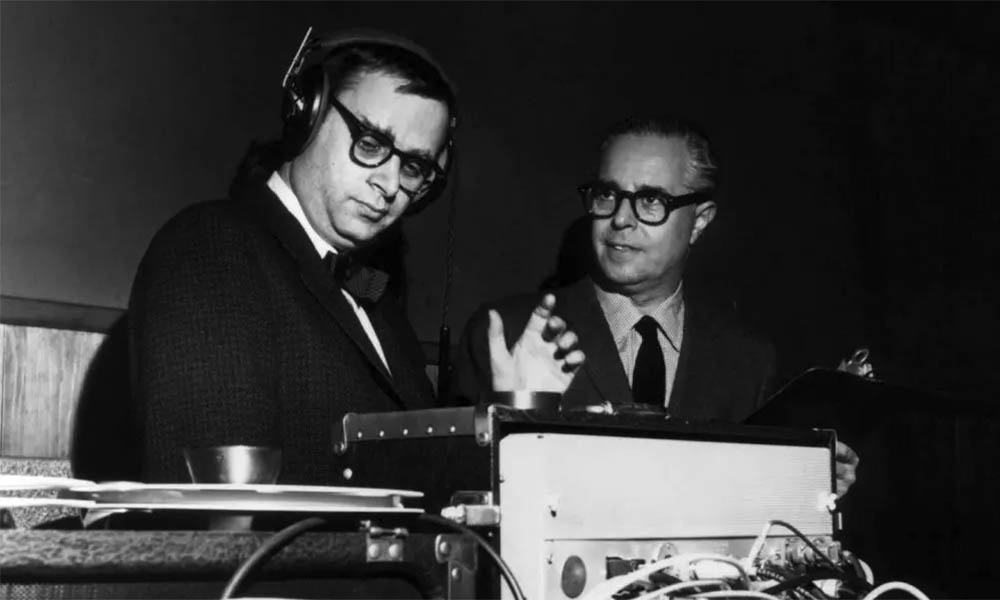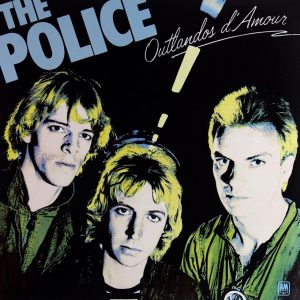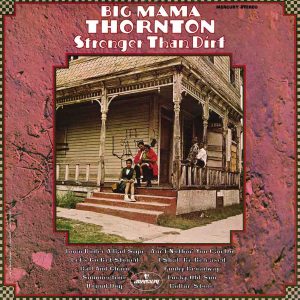Today we celebrate the man that made jazz sound so hip, Rudy Van Gelder, who was born on November 2, 1924, and later passed away in his home, which doubled as his studio in Englewood Cliffs, New Jersey, on August 25, 2016, at the age of 91.
It was Rudy Van Gelder’s brilliant engineering skills that give so many jazz recordings, in particular those for Blue Note Records, their distinctive sound. But Van Gelder did not solely work for Blue Note. He was an engineer for hire and his work for Prestige on Miles Davis’s 1950’s sessions produced some of his finest work, as it did on John Coltrane recordings for the same label; later he made some wonderful records for the impulse! label.
Listen to the best of Blue Note on Apple Music and Spotify.
Van Gelder’s first session for Blue Note was in January 1953 with saxophonist and composer Gil Melle, who has the distinction of bringing Van Gelder to Alfred Lion’s attention. These very early sessions for Blue Note and other independent labels sound so wonderful, despite the fact that Van Gelder’s studio was in the living room of his parent’s house.
Making history in the living room
According to Blue Note producer, Michael Cuscuna, the concept of a studio in Van Gelder’s parent’s living room was not as outrageous as it sounds: “They were building a new house. Rudy had been doing some recording with a makeshift set-up, and he said he really wanted to build a recording studio. So, in the living room, they built all kinds of alcoves, nooks, and little archways that they designed because Rudy had ideas for them acoustically. At the end of the living room, he built a control room with soundproof glass. So it was professional.”
The Hackensack living-room studio of Rudy Van Gelder gave so many a distinctive sound, the kind that makes you feel as if it was recorded just a few minutes before you hear it, almost as though it is in the room next door. As Van Gelder commented many years later, “All I can tell you is that when I achieved what I thought the musicians were trying to do, the sound sort of bloomed. When it’s right, everything is beautiful.”
“Rudy’s a very knowledgeable and soulful person. He’s not like some – they call them ‘needle noses’ – they just look at the needle on the meter.” – Alfred Lion.
In July 1959, there was a significant change when a new state-of-the-art studio in nearby Englewood Cliffs replaced Rudy Van Gelder’s “living-room” studio in Prospect Avenue, Hackensack. Van Gelder had outgrown the old space and in 1957 had begun planning for a new one. He took inspiration from the work of architect Frank Lloyd Wright, whose designs and large-scale models he and his wife had admired at the Museum of Modern Art in New York.
Wright and a group of architects had come up with the concept of Usonian houses – beautiful yet affordable homes built from inexpensive materials in his trademark organic style. A member of the Usonia group, David Henken had built some houses in nearby Mount Pleasant. He met Van Gelder and they soon began talking about building a home and studio at a price Van Gelder could afford.
One can get a feeling akin to religion
By the end of 1958, and with plans drawn up, through Henken, Van Gelder found a builder who took on much of the carpentry for the project, including the 39-foot-high, beamed studio roof. This cathedral-like structure was built in Portland Oregon then shipped to New Jersey where a 90-foot crane lowered it into place.
Ira Gitler describes the new studio in his liner notes to the Prestige album The Space Book by Booker Ervin: “In the high-domed, wooden-beamed, brick-tiled, spare modernity of Rudy Van Gelder’s studio, one can get a feeling akin to religion; a non-sectarian, non-organized religion temple of music in which the sound and the spirit can seemingly soar unimpeded.” In fact, the tiles weren’t brick at all, but cinder blocks impregnated with tan coloring.
Rudolph Van Gelder was born in Jersey City on November 2, 1924. His parents, Louis Van Gelder and the former Sarah Cohen, ran a women’s clothing store in Passaic, New Jersey. Rudy became interested in jazz at an early age, playing trumpet, and by his own admission, badly, but it was technology that fascinated him, with an early interest in Ham radio.
He went to the Pennsylvania College of Optometry in Philadelphia to study optometry and for more than a decade, he was an optometrist by day and a recording engineer when time allowed. His increasing success allowed him to follow his first love full time by the late 1950s.
Working with the greats
Rudy Van Gelder was married twice; both marriages ended with his wives’ deaths. He was named a National Endowment for the Arts Jazz Master in 2009 and received lifetime achievement awards from the Recording Academy in 2012 and the Audio Engineering Society in 2013. When he learned that he would be honored by the N.E.A. at a ceremony in New York, Mr. Van Gelder said in a statement, “I thought of all the great jazz musicians I’ve recorded through the years, how lucky I’ve been that the producers I worked with had enough faith in me to bring those musicians to me to record.”
There is hardly a jazz artist who did not benefit from Van Gelder’s skills, whether it was guitarists like Wes Montgomery, Grant Green or Kenny Burrell, or pianists such as Bill Evans, Horace Silver, and Herbie Hancock, or artists as diverse as Eric Dolphy, Jimmy Smith, Cannonball Adderley, and Chet Baker, every one of them owes him for making their music sound just that little bit more special.
The sound that Rudy Van Gelder achieved on all his recordings is as hip as it is possible to get. With his knack for placing you in the room with the musicians, he has defined what we think of as great jazz recordings. While there was technology involved, the buildings themselves, great musicians to work with, and producers like Alfred Lion who knew what they were trying to achieve, it is Van Gelder who supplied some indefinable ingredient that helped make magic.
Looking for more? Discover the 10 Essential Blue Note Albums You Need To Hear.




